We recently reviewed AMD’s 4th generation server processor, commonly referred to as AMD EPYC Genoa. While we saw impressive performance out of the box, more tuning has led to even better results, culminating in our recent chart-topping run of y-cruncher, which is a CPU-intensive benchmark that calculates the decimal places of Pi out to billions or even trillions of digits.
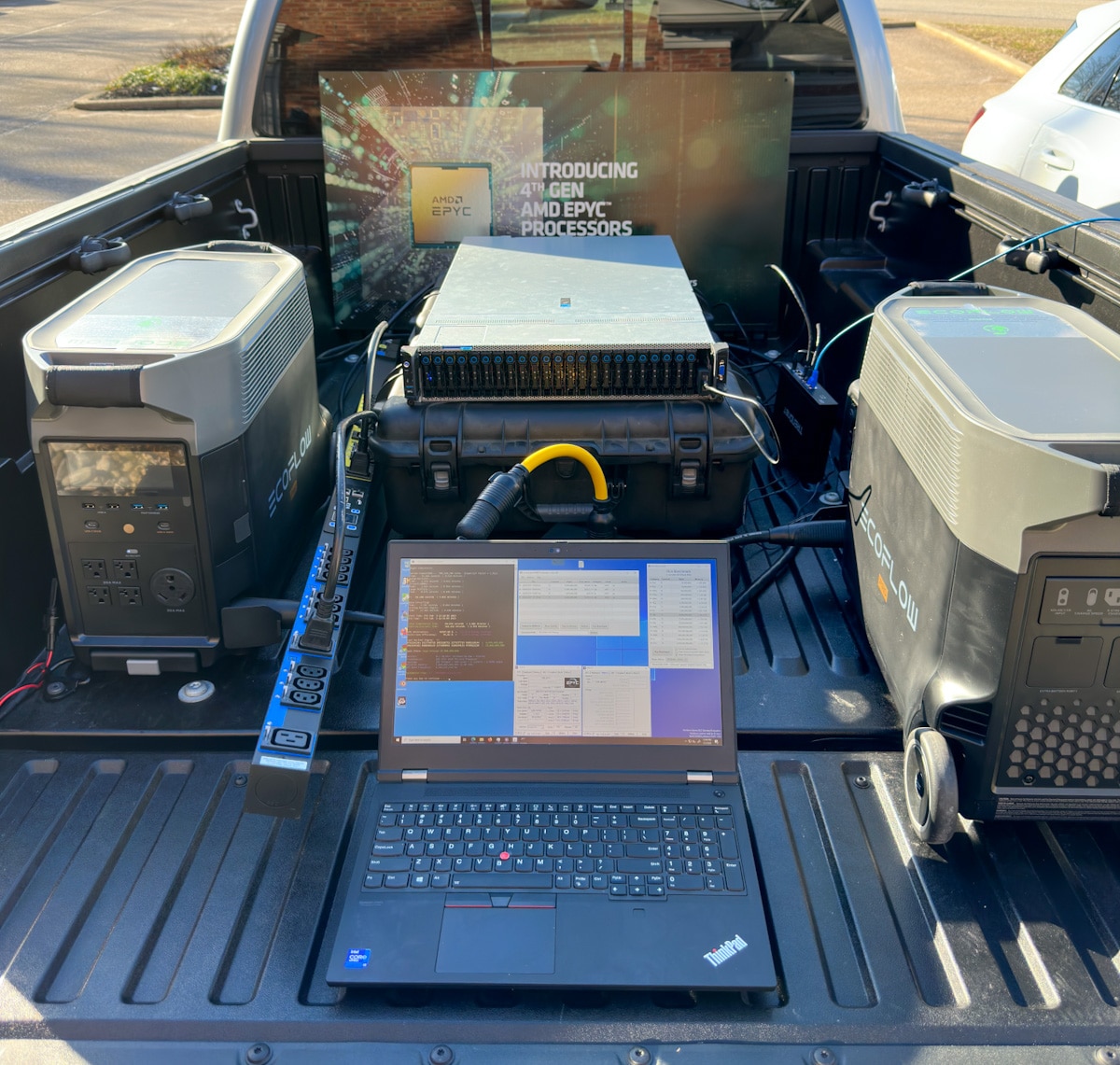
y-cruncher with AMD EPYC Genoa
What is y-cruncher?
y-cruncher is a multi-threaded and scalable program that can compute π (Pi) and other mathematical constants to trillions of digits. Since its launch in 2009, it has become a popular benchmarking and stress-testing application for overclockers and hardware enthusiasts.
Computing the digits of π is a good measure of performance because it requires a large amount of computational power and memory to perform the calculation. It tests the limits of a computer’s processing capabilities, memory bandwidth, and parallel processing. Because π is a well-defined and well-known mathematical number, computational performance results, along with the output, can be easily compared across different systems, making it an ideal benchmark for system performance comparisons.
AMD Genoa Testbed, in a Taco
With a bunch of high-capacity batteries in the lab thanks to our friends at EcoFlow, we were able to expand on our remote-edge work. Our QCT test system utilized stock air cooling, which enjoyed the cold Cincinnati weather. The ambient temperature was -3ºc (26ºf) outside at the testing time, making for one heck of a cold aisle!
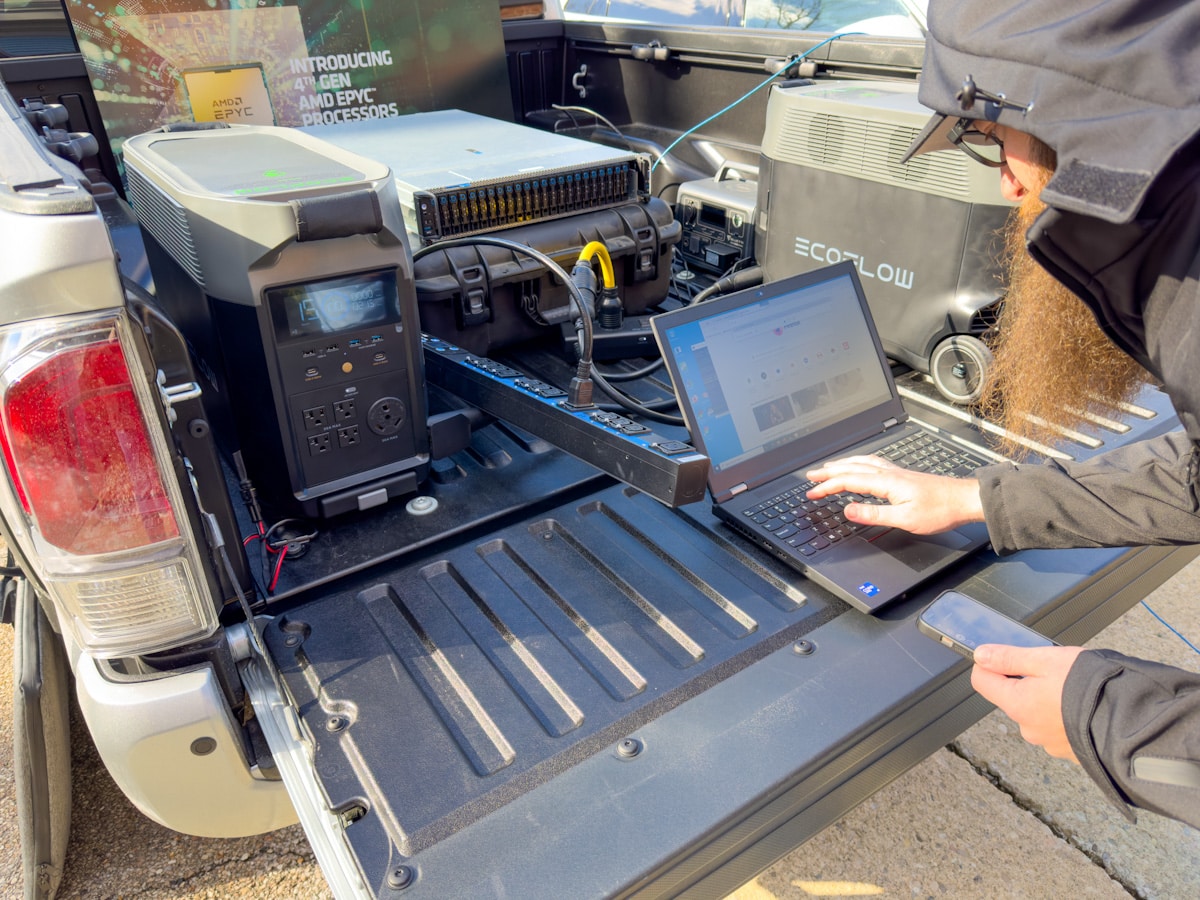
Thanks to the massive core count of the AMD 4th Generation Epyc 9654’s we were able to tackle the 10 billion and 1 billion Pi calculations in record times. With the refinement of instruction sets efficiency, software optimization, and the ability to operate at higher TDP due to the chiplet design of the CPU, the Genoa CPU’s were well equipped to take 1st place.
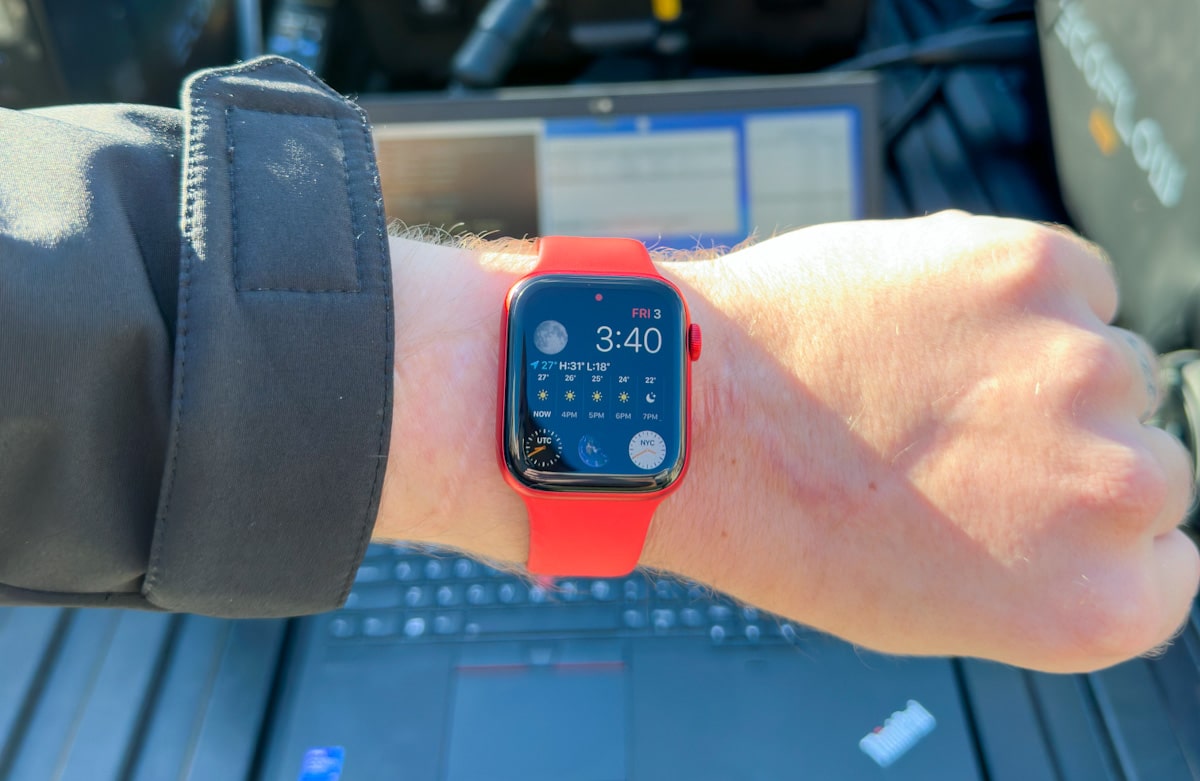
To power the Toyota Tacoma DC we leveraged two EcoFlow Delta Pro portable power stations, linked together to provide 240V power. EcoFlow offers a double-voltage hub, which can link together two units for 240V output instead of just 120V standard. We then linked that to an Eaton G3 metered PDU to supply power to the AMD Genoa server.
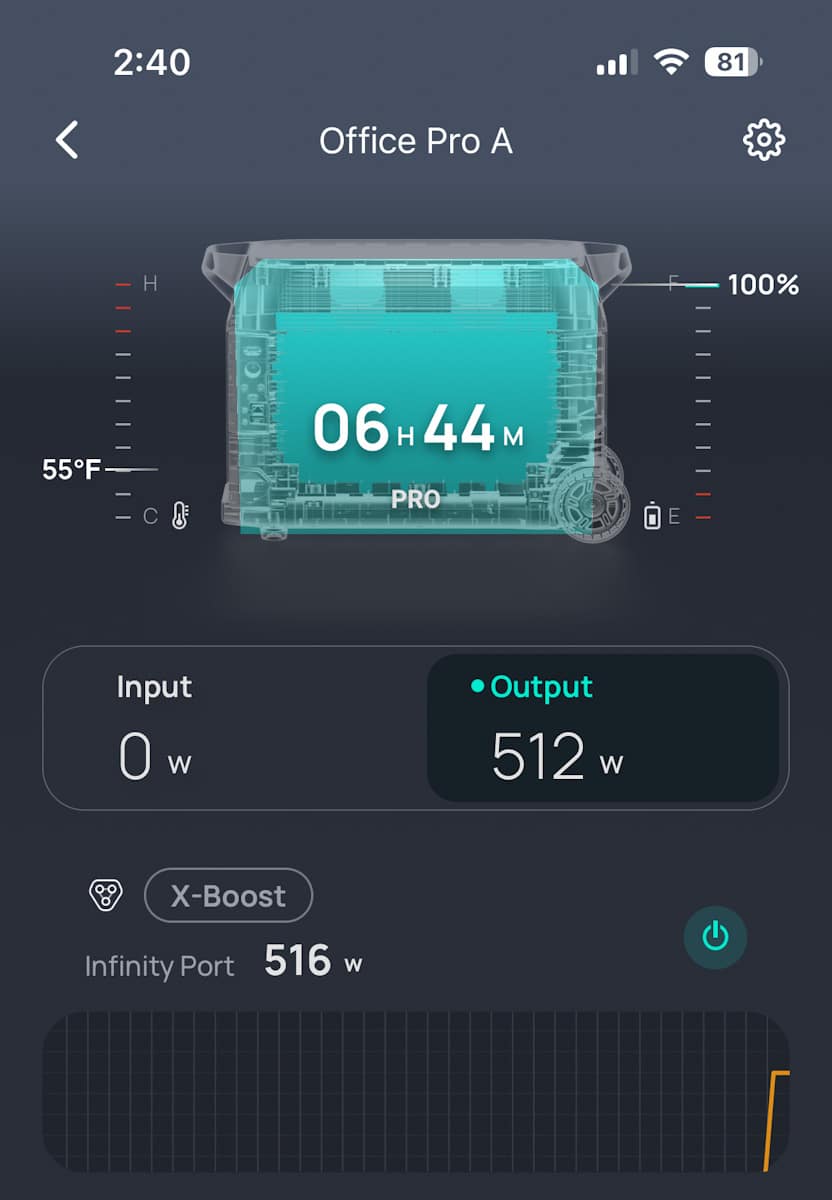
Each unit has 3600Wh of battery capacity and supports up to a 30A or 3000W output. Combined, the double-voltage adapter supports a peak draw of up to 7200W. With the Genoa server floating between 400-1100W during these tests we had plenty of headroom. On battery life in general, after a couple of hours of work, the two Delta Pro units finished with 89% capacity remaining.
y-cruncher Results
DogFace, the online alias of the esteemed, resident StorageReview AI researcher and Chief Lab Pillager/Writer Jordan Ranous has posted the validated and authenticated results to the official hwbot forum. Results are validated using multiple checksums, screenshots, and high-precision timer measurements to qualify for the record.
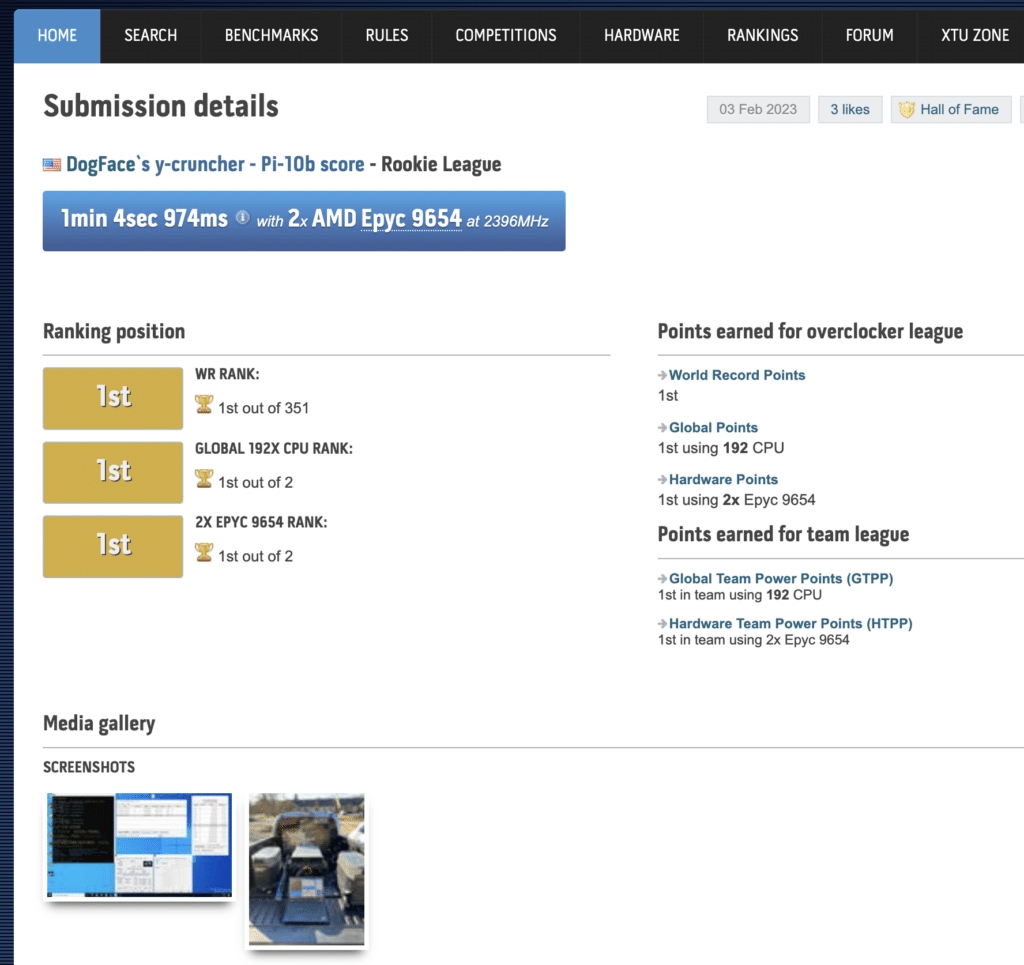

What’s Next?
This particular benchmark has an avid following and there’s little doubt our score will be toppled eventually. We will, however, continue to look for additional advantages on this platform and future CPU/DRAM configurations from AMD and Intel. With servers and storage perpetually hitting our lab, we should have plenty of opportunity to post more chart-topping results.




 Amazon
Amazon